Mastering the Art of Greenery: An Essential Guide to Indoor Gardening
Table of Contents
ToggleHello, budding plant parents and leaf whisperers! Prepare to roll up your sleeves, get your hands dirty, and let’s dig into the delightful world of indoor gardening.
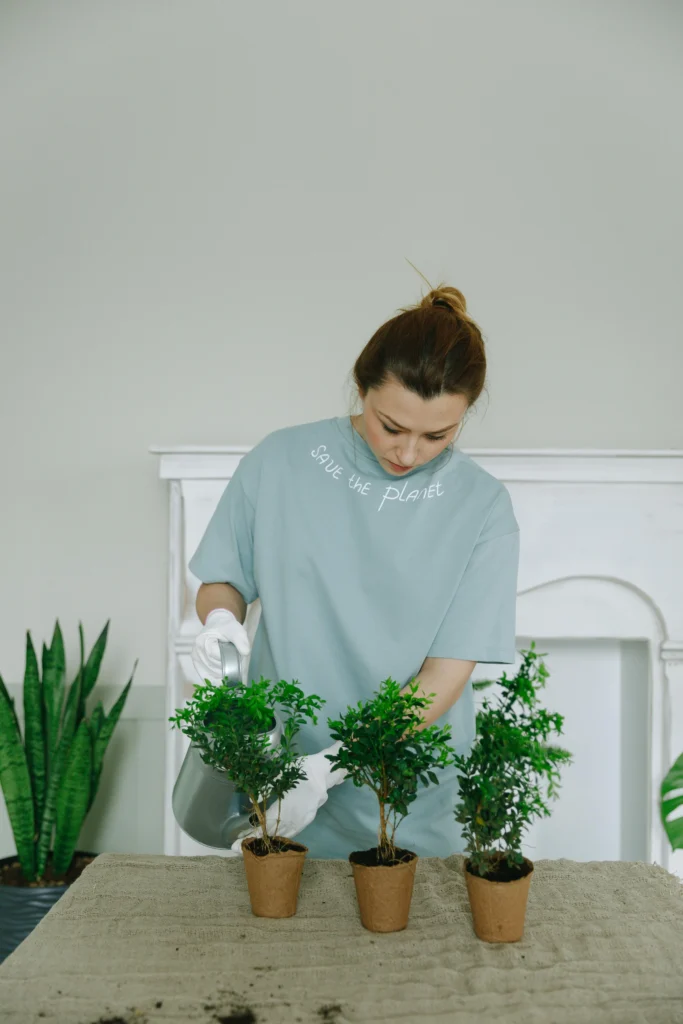
I. Introduction to Indoor Gardening
Indoor gardening is not just an ordinary pastime, my friends! There’s science behind why it’s beneficial, and I’m here to tell you all about it.
Why Indoor Gardening is Beneficial?
Indoor gardening, although seemingly just a hobby for some, is actually a gift that keeps on giving. Firstly, plants act as nature’s air purifiers, reducing carbon dioxide levels, increasing humidity, and reducing levels of certain pollutants. Just imagine your home now doubles as a mini Amazon rainforest. Not bad, eh?
Secondly, studies suggest that indoor gardening can reduce stress levels and boost your mood. So, the next time you’re feeling a bit down, engage in a little plant talk. Trust me, they’re good listeners!
The Basic Requirements for Starting Indoor Gardening
Before you start, the trifecta of successful indoor gardening are light, temperature, and of course, water. That’s right! You don’t need a green thumb or the powers of a Greek deity just to keep your plants alive.
A majority of indoor plants flourish in bright, indirect light while some can live under fluorescent lights. Remember, the keyword here is balance. Your plants are like sunbathing enthusiasts, but they, too, need breaks from direct UV rays.
Typical Challenges of Indoor Gardening and How to Overcome Them
Indoor gardening does have its challenges. Some common snags are pest infestations, lack of light, over or under-watering, and plant diseases. But don’t let that discourage you from taking on this leafy endeavor!
To combat these, do regular checkups on your plant buddies. Keep your peepers open for any signs of diseases or pests and respond quickly to nip the problem in the bud (no pun intended).
II. Choosing the Right Plants for your Indoor Garden
When it comes to choosing your green pals, it’s not just about “Oh, this one looks pretty!” It’s more like going on a date – you need the right chemistry.
Various Types of Indoor Plants & Their Characteristics
Indoor plants range from the sun-loving succulents to the shady characters like Snake Plants or ZZ plants. Then we have your allergen-busters, such as spider plants and rubber trees, that double as air purifiers. Quite a group, huh?
Factors to Consider When Choosing Indoor Plants
Select plants based on your ability to meet their needs. Consider factors like light, temperature, and humidity of the location where you’re planning to place your plants. Don’t place a sun-loving cactus in a dark corner and expect it to thrive, okay?
Understanding Your Home’s Environmental Conditions for Selecting Suitable Plants
Understand your home’s environmental conditions. Is it perpetually sun-soaked or does it have the ambiance of a dim, cozy nook? Do you live in a high humidity area or is it more on the arid side? These are the kind of questions you need to address before deciding on your leafy roommates. Your home’s conditions should match your chosen plant’s natural habitat as much as possible.
III. Tools and Equipments For Indoor Gardening
While gardening is the art of growing, it’s also about the right tools and equipment.
Basic Tools Required for Indoor Gardening
While there’s no need for a giant John Deere tractor in indoor gardening, you do need some basics. These include a watering can with a long spout, gardening gloves, a mini shovel, and pruning shears. Yeah, it isn’t quite the Tim “The Toolman” Taylor’s workshop, but hey, at least it’s easier to organize!
Importance of Quality Soil and Appropriate Plant Pots
Soil and pots are to a plant what food and home are to us, humans. You need to choose quality potting mix, which provides the right balance of air space and water retention. The pot, meanwhile, should have proper drainage to prevent your plants from taking an unintentional bath.
Utilizing Grow Lights for Enhancing Plant Growth
For those who live in low-light conditions, grow lights can be as essential as breath. These handy pieces can ensure your greens get the right ‘light diet’ they need for growth while maintaining the aesthetic appeal of your indoor garden.
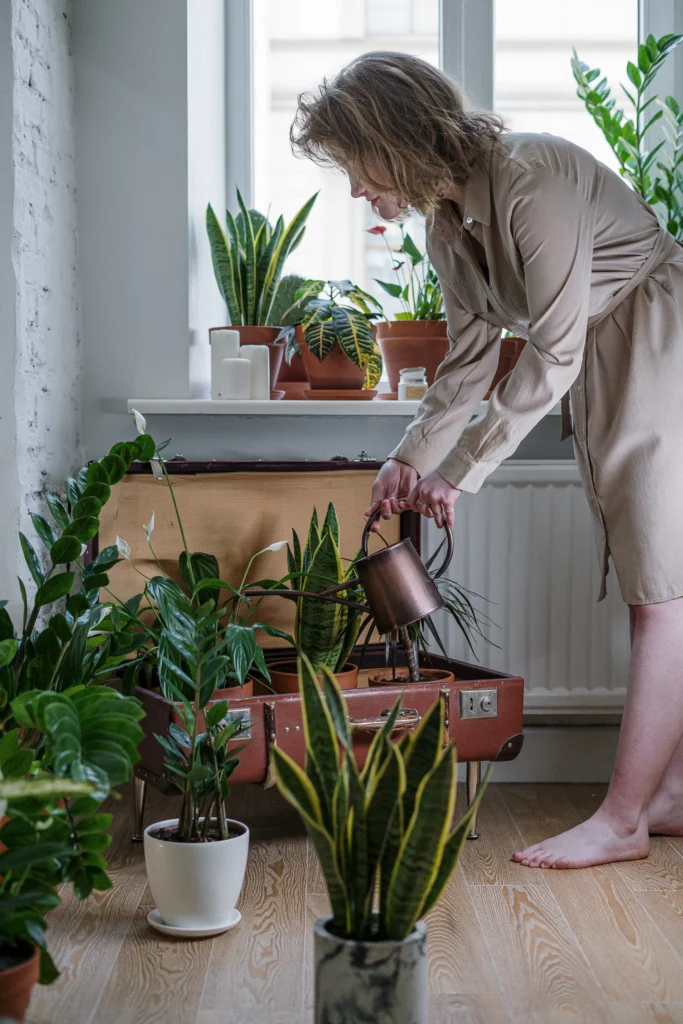
IV. Tips for Plant Care and Maintenance
Like people, plants need TLC. Sounds like an old 90s band? Yep, I thought you’d agree.
Proper Watering Techniques and Knowing Your Plant’s Water Needs
Water is to plants what coffee is to most people. But as tempting as it may be, don’t drown your green buddies in it. Too much water may cause root rot, and too little can cause them to wilt. Learn each plant’s water needs, and apply the Goldilocks principle: not too much, not too little, but just right!
Fertilization: When and How to Do It
In a perfect world, your plant would have all the nutrients it needs from the soil. But alas, this isn’t Middle-earth, and replenishing soil nutrients is necessary. Typically, you should feed your indoor plants every two weeks during the growing season and less in winter.
Recognizing and Managing Common Plant Diseases and Pests
While you won’t find plant zombies or mutant insects in your indoor garden (hopefully), other pests can still cause a nuisance. The key is to diagnose issues early. If the plant’s leaves start turning yellow for no clear reason, you might have a sick plant on your hands.
V. Creative Ideas to Enhance your Indoor Garden’s Appearance
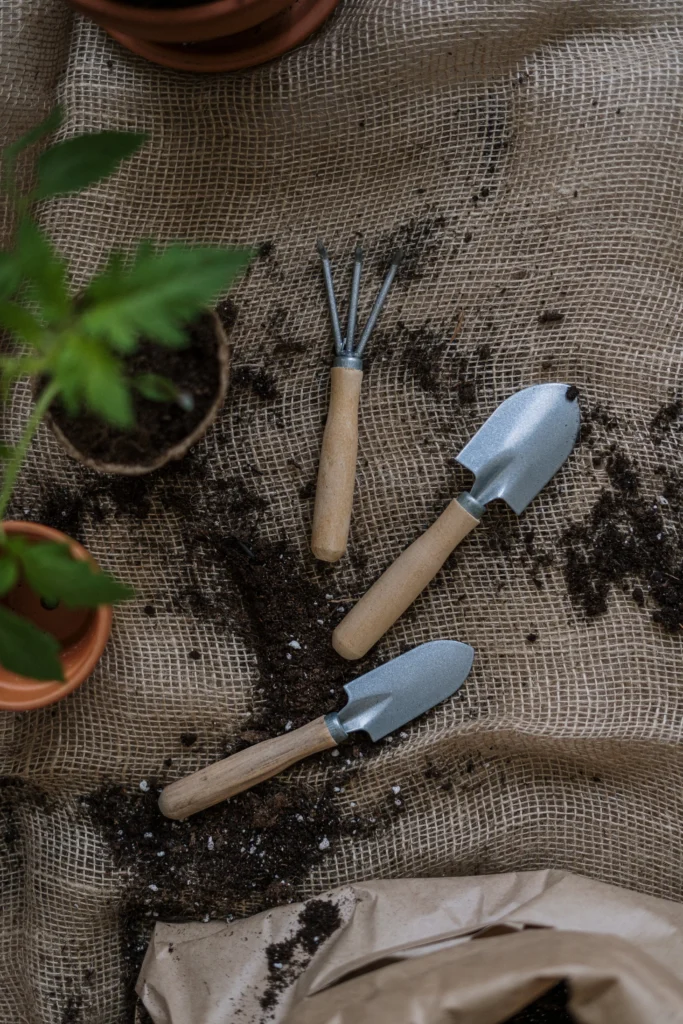
Fun fact: Indoor gardening isn’t just gardening; it’s also interior design!
Making Use of Vertical Spaces: Wall Planters and Hanging Baskets
Making use of vertical spaces for indoor gardening is like the 3D chess of the gardening world! Wall planters or hanging baskets can help you maximize space while adding a distinct charm to your décor.
The Art of Grouping: Creating an Attractive Indoor Plant Display
The art of grouping plants is kind of like arranging furniture in Animal Crossing! It involves creating an aesthetically pleasing arrangement by grouping plants together based on their color, size, or types.
DIY Decoration tips for your Indoor Garden
Feeling adventurous? Dive into DIY projects like making your own terrarium or crafting planters out of old teacups, shoes, or bags! Your plants will give you extra brownie points for these Eco-friendly moves (I’m 72.6% sure of this).
VI. Conclusion: Embracing the Green Life
When you immerse yourself in indoor gardening, it’s like joining a secret society of photosynthesis fans and foliage fellas.
Reflect on the Benefits and Joy of Indoor Gardening
Indoor gardening is not just about beautifying your space or purifying your air. It’s about embracing a green lifestyle, building resilience, and nurturing life.
How to make Indoor Gardening a Part of your Daily Routine
The day you start calling yourself a ‘plant parent’, expect some changes in your daily routine. Always make time to check on your green children, be it while sipping your morning coffee or before tucking yourself in at night.
Encouraging Others to Start their Own Indoor Garden
Sharing is caring! Once you’ve learned the art, inspire others to do the same. You can even make it a potluck event with friends, where everyone brings their favorite plants. Think about it, plant parties could be the new brunch!

Modern House Styles
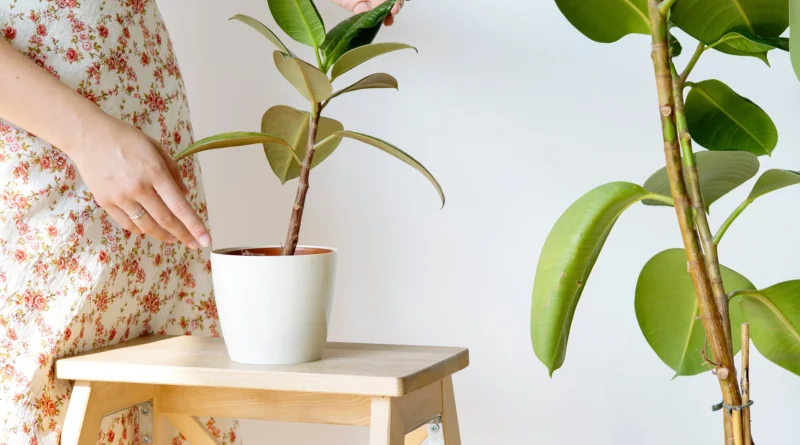
Modern House Styles
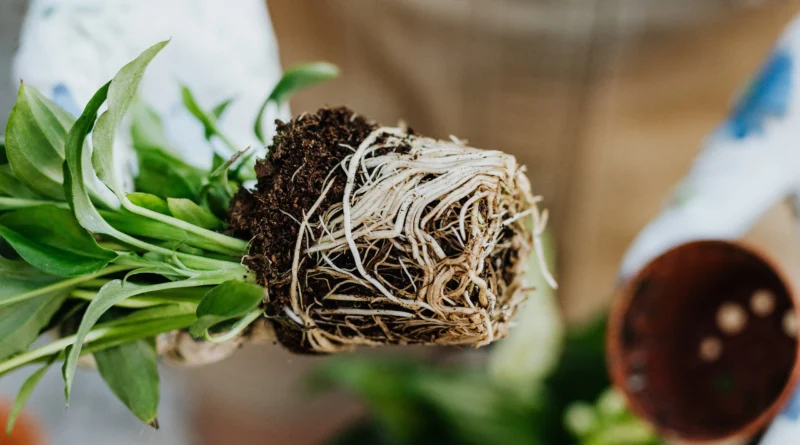
Modern House Styles
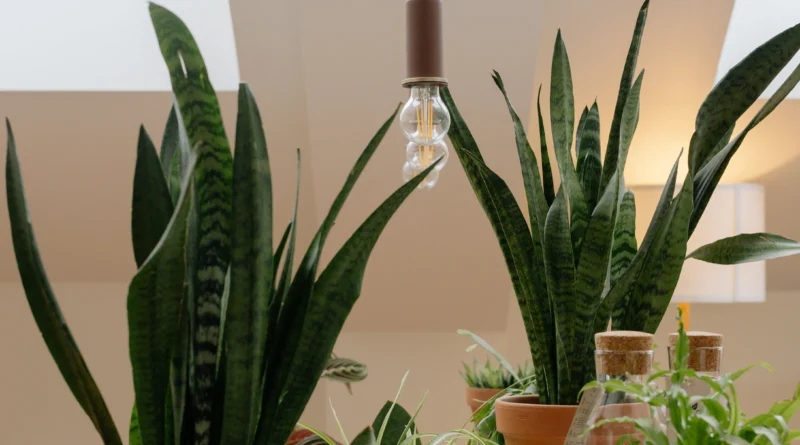
Modern House Styles
VII. Frequently Asked Questions
Okay, rapid-fire question-time! Put on your speed goggles, here we go.
How often should I water my Indoor Plants?
The watering schedule depends on the type of plant, its size, and its environment. Generally, watering once a week is sufficient, but some plants may need more or less. When in doubt, remember: it's better to underwater than overwater.
How much Light do my Indoor Plants need?
Like watering, light requirements vary by plant. However, most indoor plants do well in bright, indirect light. A spot near a north or east-facing window is usually a safe bet.
How can I prevent my Indoor Plants from Pests and Diseases?
Regular check-ins, proper watering, and good air circulation can help prevent most common plant diseases and pests. If infestation occurs, use an eco-friendly insecticidal soap to battle the bugs.
Do I need a Specific type of Soil for my Indoor Plants?
Using a quality potting soil is essential. Some plants have specific soil requirements, like cacti and succulents, which need well-draining sandy soil. Always research your plant's preferred soil type before planting.
What are some Easy-to-care Indoor Plants for Beginners?
Snake Plants, ZZ Plants, and Pothos are quite forgiving and can tolerate a bit of neglect. Consider these as ‘easy starter pack’ for beginners before leveling up to more demanding varieties.

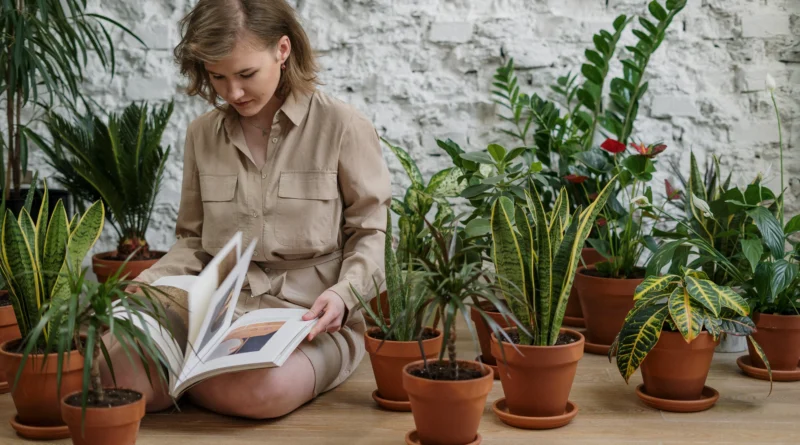

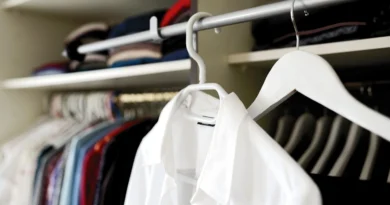
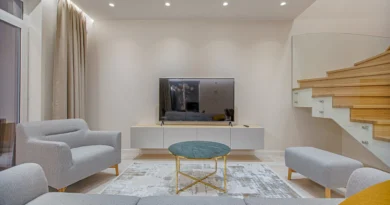
thank you for this informations